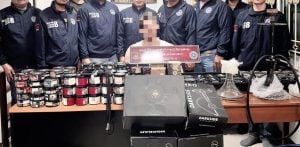Traditional Thai textiles: A journey through time and quality
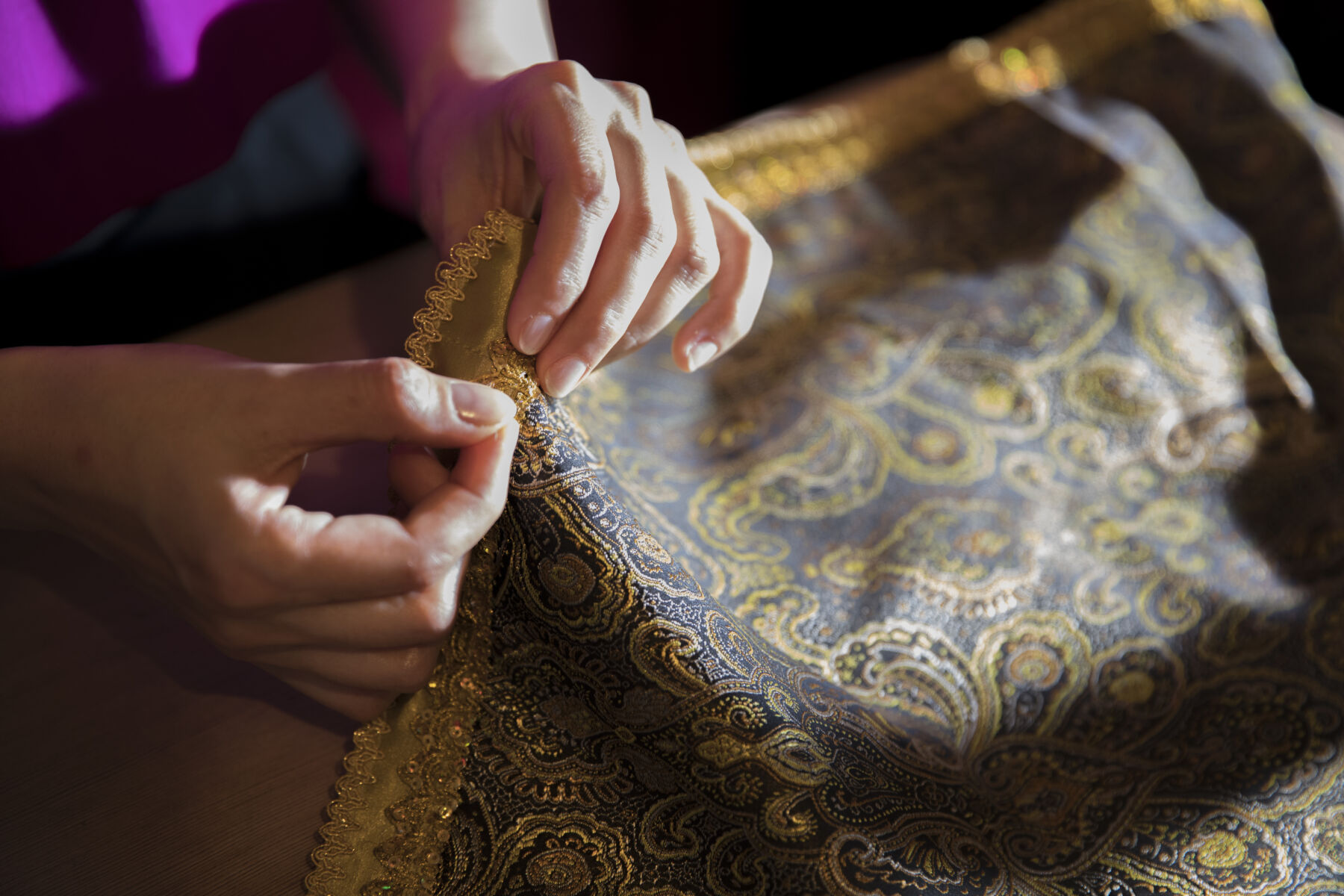
Traditional Thai textiles are a testament to Thailand’s rich cultural heritage, weaving together centuries of history, art, and craftsmanship. These textiles are more than just fabric; they’re a vibrant expression of Thai identity, embodying the spirit and skill of the artisans who create them.
From the intricate patterns of the Northern hill tribes to the royal elegance curated by Her Royal Highness Princess Sirivannavari Nariratana, Thai textiles have begun their journey from local tradition to global trendsetters. With the launch of the Thai Textiles Trend Book, these unique fabrics are set to capture the imagination of the world, proving that traditional Thai textiles hold a timeless appeal that transcends borders.
Types of Thai fabrics
Thai textiles are renowned globally for their exceptional quality and intricate designs, embodying a rich cultural heritage. Among these, silk and cotton fabrics stand out due to their distinct characteristics and versatility.
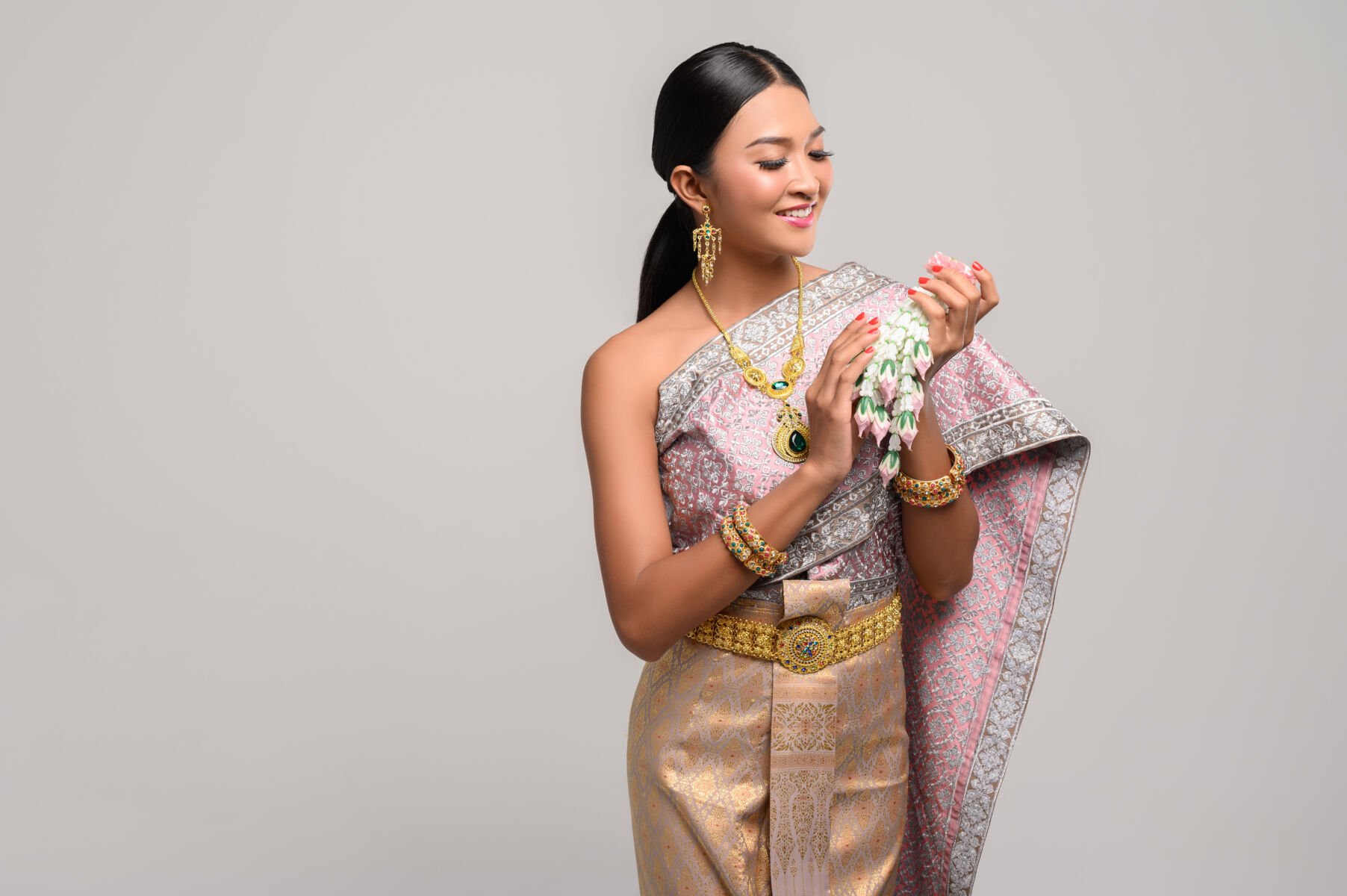
Mudmee Silk, a hallmark of Thai craftsmanship, is considered one of the best fabrics for its complexity and beauty. This traditional style is celebrated for its intricate geometric patterns, often utilizing two colours. The unique dyeing method ensures that the fabric retains its lustrous colours, making mudmee silk not just a textile but a piece of art. Its high quality and durability have made it one of the most popular Thai fabrics, beloved by connoisseurs and fashion enthusiasts alike.
Thai Cotton Fabric also holds a significant place in Thailand’s textile landscape. It’s praised for its breathability and softness, making it ideal for the country’s tropical climate. Crafted in vibrant colours and patterns, Thai cotton captures the essence of the nation’s spirit and the meticulous skill of its weavers.
Another remarkable type is Dupion Silk, known for its textured finish due to threads of varying thickness. This silk exudes a more organic aesthetic, appreciated by those who favour a natural look in their fabrics.
Additionally, Brocade represents the pinnacle of silk weaving techniques. This type of Thai silk involves an elaborate process where extra threads are woven into the fabric to create raised patterns, offering an embossed or embroidered appearance. The complexity and elegance of Brocade silk underscore the unparalleled skills of Thai artisans.
Thailand’s textile industry is home to some of the world’s highest quality fabrics. From the vibrant and complex mudmee silk to the soft and inviting Thai cotton, each material tells a story of tradition, innovation, and the enduring spirit of Thai culture. These fabrics continue to captivate the global audience with their timeless appeal and unparalleled quality.
The ancient technology of looms
The history of textiles in Thailand is interwoven with the development of loom technology, a craft that dates back thousands of years and has evolved to meet the needs of skilled artisans.

From the backstrap and foot looms of ancient times to the treadle looms found in contemporary rural Thailand, the evolution of the loom reflects a commitment to quality and the preservation of traditional methods. Despite technological advances, the focus has remained on the artistry and skill of the weaver, rather than the speed of production. This dedication ensures that Thai textiles, including mudmee silk and Thai cotton fabric, remain among the best fabrics available on the global market.
Ancient Fiberes of Thai textiles: Hemp, Silk, & Cotton
The backbone of Thailand’s textile tradition lies in its fibres, most notably hemp, silk, and cotton. Each of these materials has played a crucial role in the development of Thai fabrics, contributing to their reputation for quality and versatility.
- Hemp, a bast fibre, was not only abundant in ancient Indochina but also provided a durable material for early textile production. As one of the most plentiful fibres, its utility was paralleled by its simplicity in processing. Hemp’s historical significance is underlined by its widespread use and the skill with which ancient weavers manipulated it into threads.
- Silk, often referred to as “God’s Gift to the East,” has a storied presence in Thai culture. Known for its lustre, strength, and natural affinity for vibrant dyes, Thai silk, particularly mudmee silk, is considered a high-quality fabric that has captivated wearers and admirers worldwide. The intricate patterns and vivid colours of mudmee silk are a testament to the advanced weaving techniques developed over the centuries.
- Cotton, versatile and comfortable, has long been a staple in the Thai textile industry. The adaptability of Thai cotton fabric makes it suited for a wide range of garments, from casual wear to traditional attire. Its popularity is rooted in its breathability, durability, and ease of care, making it a favourite among both local weavers and international consumers.
Thai textiles and the dawn of the 20th century
As we delve into the rich tapestry of Thailand’s textile history, the 20th century emerges as a pivotal era that shaped the destiny of traditional Thai fabrics. From the brink of obscurity to a remarkable resurgence, the journey of Thai textiles, especially silk, mirrors the adaptability and resilience of Thai culture.
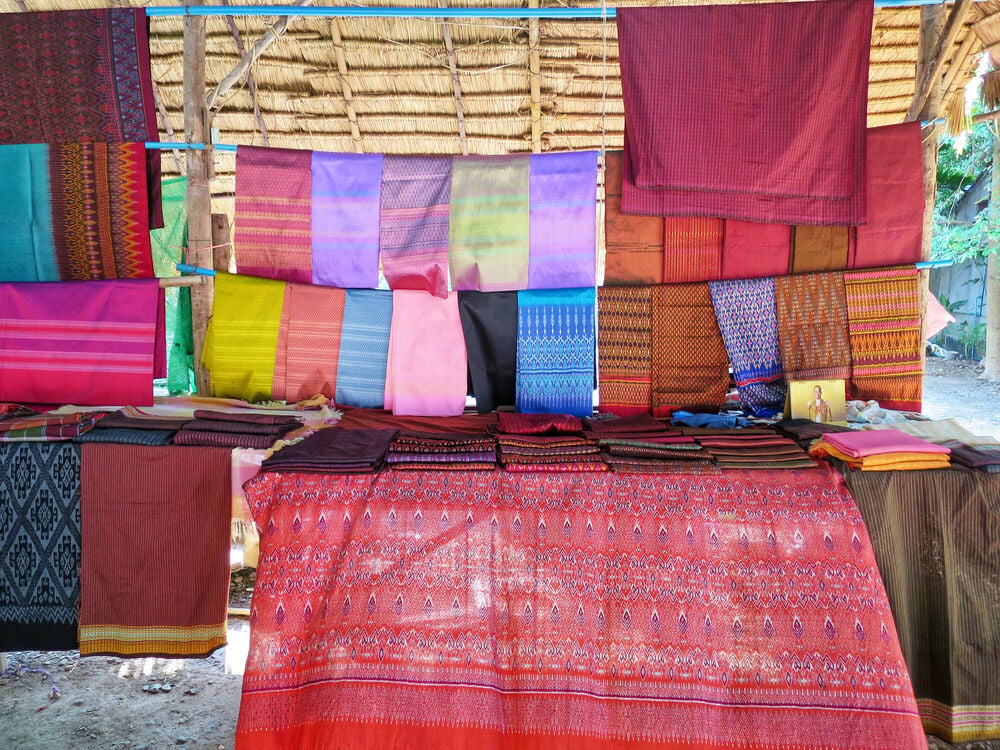
The near-death of Thai silk
At the onset of the 20th century, Thai silk faced a critical juncture. The advent of industrialisation and the influx of cheaper, mass-produced fabrics from the West threatened the very existence of traditional Thai silk weaving. This period saw a significant decline in the demand for Thai silk, both locally and internationally. The craftsmanship, once revered, teetered on the edge of oblivion. The intricate mudmee silk, known for its unique tie-dye patterns, and the high-quality Thai cotton fabric, despite being among the best fabrics globally, struggled to find a market.
1950s – present: The comeback
The mid-20th century heralded a renaissance for Thai silk, thanks to the unforeseen championing by an enigmatic American architect, Jim Thompson. Recognising the potential of this exquisite best fabric on the global stage, Thompson revitalised the international appeal of Thai silk. His efforts not only resurrected Thai silk as the most popular Thai fabric but also ensured its recognition as a good quality textile in the fashion capitals of the world.
The Queen Sirikit Museum of Textiles, established in 2003, further cemented the status of Thai silk by promoting its rich heritage and ensuring the preservation of traditional silk-making techniques. The museum’s role in sparking public interest has been paramount, aligning with a growing global awareness towards sustainable and culturally meaningful fashion.
The current state of traditional fabrics
Today, traditional Thai fabrics, including the revered mudmee silk and the robust Thai cotton fabric, enjoy a revered position both in Thailand and around the world. The initiative to blend tradition with contemporary fashion has opened new markets, redefining the global textile landscape. Designers and fashion houses are increasingly incorporating traditional Thai fabrics into their collections, seduced not only by the quality but by the story each weave tells.
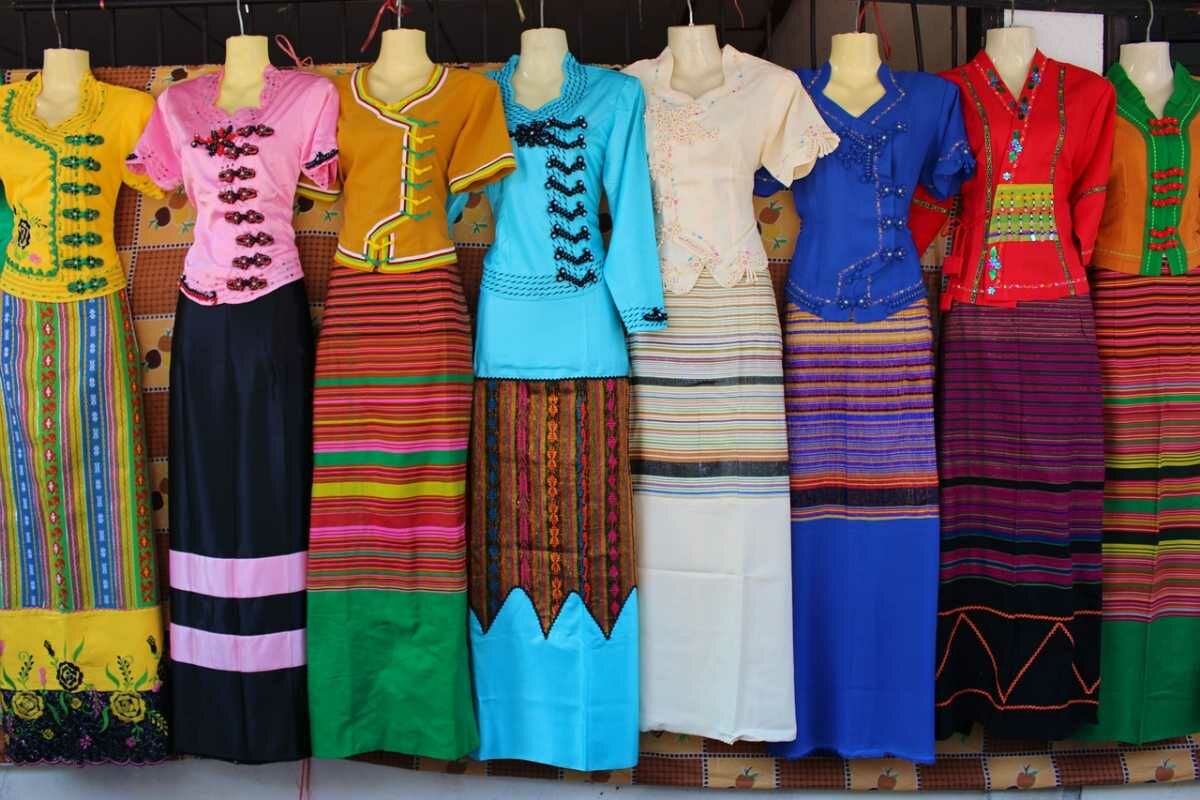
The resurgence in popularity has also fuelled a revival in the traditional weaving industry. Regions known for their textile craftsmanship, such as Isaan and the Northern provinces, are witnessing a revival of weaving as a viable and respected profession. Workshops and co-operatives are thriving, providing economic stability to communities while ensuring the transfer of weaving skills to new generations.
As we navigate the future, traditional Thai fabrics continue to evolve, blending centuries-old techniques with modern aesthetics. The story of Thai textiles is a testament to the resilience and adaptive nature of Thai culture, ensuring that these traditional fabrics not only survive but flourish in the modern world.
How traditional Thai fabrics are interweaved with Thai culture
Traditional Thai textiles embody a rich tapestry of history, culture, and innovation. They’re not just fabrics; they’re a narrative woven from the threads of Thailand’s heritage, showcasing the skill and dedication of its artisans. The evolution from handlooms to the revival of silk by Jim Thompson, and the establishment of the Queen Sirikit Museum of Textiles, mark significant milestones in this journey.
Today, these textiles stand as a testament to Thailand’s ability to blend tradition with modernity, ensuring their place in both local and global markets. As we appreciate the beauty and craftsmanship of traditional Thai fabrics, we’re also preserving a vital part of Thai culture for future generations. The story of Thai textiles is far from over; it’s a vibrant, evolving saga that continues to inspire and captivate.
Thailand is not only known for its textiles and silk but also for the artistry of its pottery and ceramics. Put together, textiles and pottery make up the cultural fabric of the intriguing beauty of Thailand.
Parts of this article, including images, may have been generated using AI tools before an editor reviewed it.
Latest Thailand News
Follow The Thaiger on Google News:














